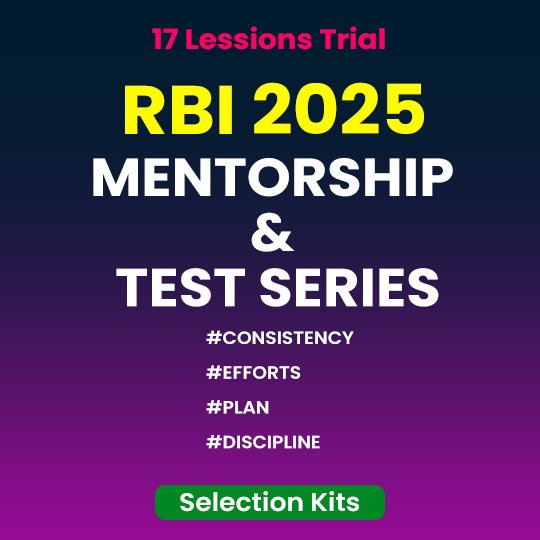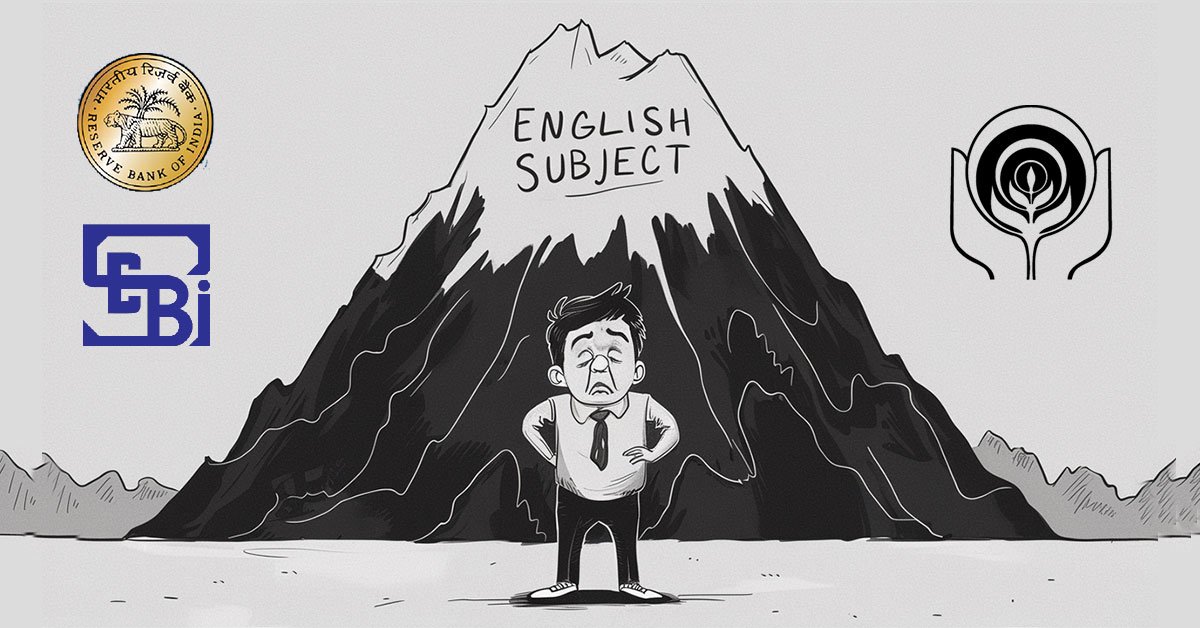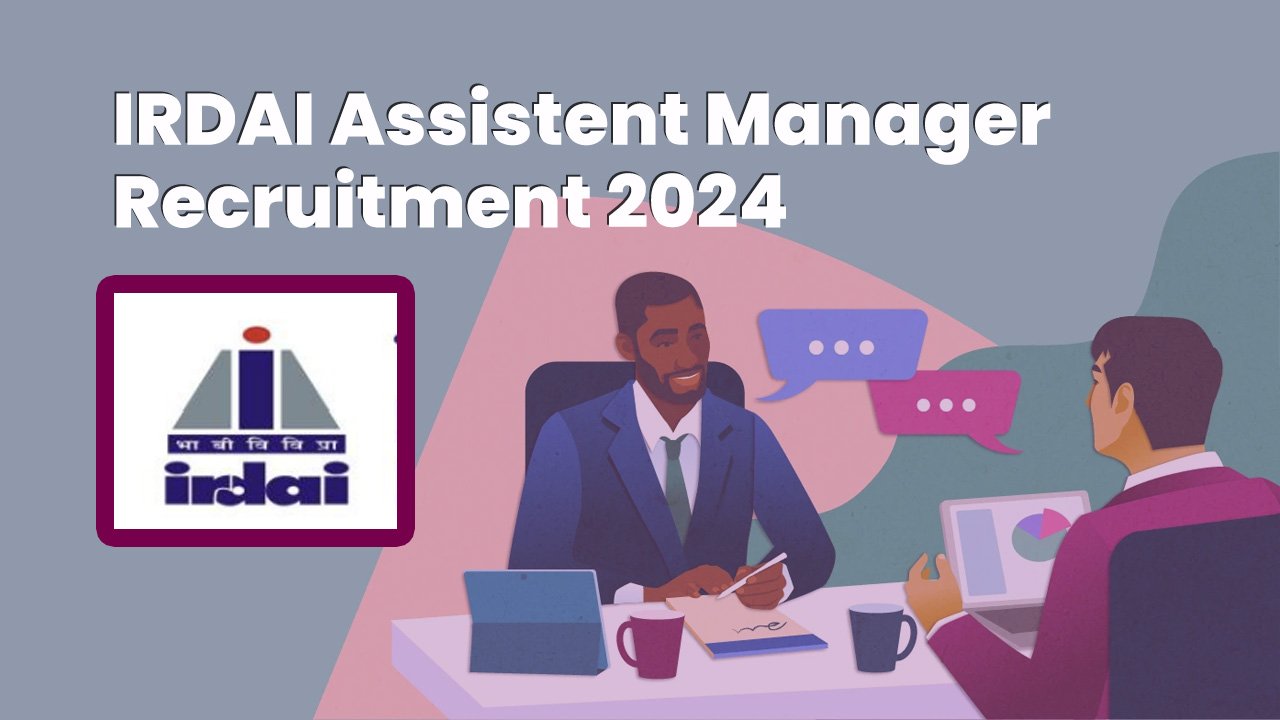Got Questions? We’ve Got Answers!
📚 Whether it’s about exams, career advice, or daily doubts, don’t hesitate—ask away!
💡 Daily Current Affairs Quiz | Daily Quiz for UPSC
💡 Your Learning Partner Is Just a Click Away!
👉 Click here to Ask Your Question Now and get clear, reliable answers from experts.
Daily Current Affairs
4 February, 2025
1. Which country recently withdrew from the World Health Organization (WHO), citing bias and poor COVID-19 response?
a) China
b) Russia
c) United States
d) India
e) France
Answer: c) United States
Explanation: The U.S. withdrew from the WHO under President Trump’s administration, citing its alleged bias toward China and inefficiency in handling the COVID-19 pandemic. This decision led to a funding crisis for WHO, as the U.S. was its largest contributor.
2. What is the primary objective of India’s revised Bilateral Investment Treaty (BIT)?
a) To impose trade restrictions on foreign companies
b) To attract more Foreign Direct Investment (FDI)
c) To increase government discretion in tax disputes
d) To promote domestic-only investments
e) To limit foreign investor rights
Answer: b) To attract more Foreign Direct Investment (FDI)
Explanation: India is revising its BIT to create a more investor-friendly framework, reducing legal hurdles and expanding investment coverage to attract foreign investments while negotiating Free Trade Agreements (FTAs).
3. Which Latin American country recently exited China’s Belt and Road Initiative (BRI) due to U.S. pressure?
a) Brazil
b) Mexico
c) Argentina
d) Panama
e) Colombia
Answer: d) Panama
Explanation: Panama exited the BRI under U.S. pressure, prioritizing its relationship with Washington. This move challenges China’s influence in Latin America, particularly in trade and infrastructure projects.
4. What is the target cargo capacity for Indian Railways under Mission 3000 by 2030?
a) 1,000 million tonnes
b) 1,500 million tonnes
c) 2,000 million tonnes
d) 3,000 million tonnes
e) 5,000 million tonnes
Answer: d) 3,000 million tonnes
Explanation: Indian Railways aims to reach 3,000 million tonnes (mt) of cargo by 2030 under Mission 3000, but current freight growth suggests reaching only 1,700 mt in FY25-26. ₹2.5 trillion is being invested annually to achieve this target.
5. What is the main concern of the Supreme Court regarding forest conservation in India?
a) Encouraging private forest ownership
b) Reducing deforestation rules
c) Requiring compensatory afforestation before reducing forest land
d) Allowing industries to expand freely
e) Removing legal protection for state-declared forests
Answer: c) Requiring compensatory afforestation before reducing forest land
Explanation: The Supreme Court ruled that forest land cannot be reduced without compensatory afforestation, challenging the 2023 amendment to the Forest (Conservation) Act, 1980, which aimed to limit forest definitions to government-declared lands.
6. What was India’s Manufacturing PMI in January 2025, indicating strong economic recovery?
a) 42.5
b) 50.0
c) 57.7
d) 60.2
e) 72.1
Answer: c) 57.7
Explanation: India’s Manufacturing Purchasing Managers’ Index (PMI) rose to 57.7 in January 2025, driven by a 14-year high in exports, increased factory orders, and strong domestic demand, leading to employment growth in the sector.
7. What is a major reform proposed in the Union Budget 2025-26 for the financial sector?
a) Nationalization of private banks
b) 100% FDI in the insurance sector
c) Abolishing the RBI
d) Reducing MSME credit
e) Increasing government control over stock markets
Answer: b) 100% FDI in the insurance sector
Explanation: The government is considering allowing full foreign ownership in insurance to attract investment, boost competition, and promote innovation in the sector. This move could reshape India’s insurance market structure.
8. What is the main reason behind RBI’s cautious approach to interest rate cuts?
a) High retail inflation (5%)
b) Weak economic growth
c) Pressure from global investors
d) Increase in government spending
e) Fall in employment rate
Answer: a) High retail inflation (5%)
Explanation: The RBI’s Monetary Policy Committee (MPC) is hesitant to cut interest rates due to retail inflation remaining at 5%, above the central bank’s target of 4%, along with global inflation risks and a strong US dollar.
9. Which clean energy policy in India focuses on solar irrigation and power plants for farmers?
a) UDAY Scheme
b) PM-KUSUM Scheme
c) Smart Cities Mission
d) Make in India
e) Ayushman Bharat
Answer: b) PM-KUSUM Scheme
Explanation: The PM-KUSUM Scheme, launched in 2019, aims to promote solar energy for irrigation and decentralized power plants for farmers. However, its success has been limited due to challenges like underutilization of funds and supply chain issues.
10. Why is the government imposing high customs duties on solar modules and cells?
a) To promote Chinese imports
b) To boost domestic manufacturing and reduce dependency on China
c) To discourage renewable energy adoption
d) To increase government tax revenue
e) To limit the use of solar energy
Answer: b) To boost domestic manufacturing and reduce dependency on China
Explanation: India imposed a 40% duty on solar modules and 25% on solar cells to encourage domestic manufacturing and reduce reliance on Chinese imports, aligning with the country’s renewable energy goals.















